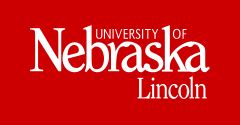Sociology, Department of
Document Type
Article
Date of this Version
2020
Citation
Published as Chapter 12 in Marriage and Health: The Well-Being of Same-Sex Couples, edited by Hui Liu, Corinne Reczek, & Lindsey Wilkinson (New Brunswick: Rutgers University Press, 2020), pp 176-187.
Abstract
In 2017, the Supreme Court ruled in Pavan v. Smith that states must allow married same-sex couples to both be listed as parents on their child’s birth certificate. Although the ruling garnered less media attention than the Court’s 2015 Obergefell v. Hodges decision on marriage, it nonetheless illustrates a significant issue pertinent to the families who are the focus of this chapter: lesbian same-sex couples who had children via donor insemination before 2015. Indeed, prior to this ruling, these couples faced an unequal legal climate insofar as only the biological mother could be listed on the birth certificate and thus be legally recognized as a parent; the nonbiological mother had no legal recognition of her parenthood. Couples often pursued a second-parent adoption so that the nonbiological mother could be legally recognized as a parent. Yet this option was not available to all couples; state laws allowed, denied, or made uncertain same-sex couples’ access to pursuing this legal recognition for the nonbiological mother (Dalton 2001; Kazyak 2015). Drawing on data from interviews with twenty-one lesbian parents, we analyze how the unequal and varied legal context shapes their health care experiences related to childbirth.


Comments
Copyright © 2020 Emily Kazyak & Emma Finken.